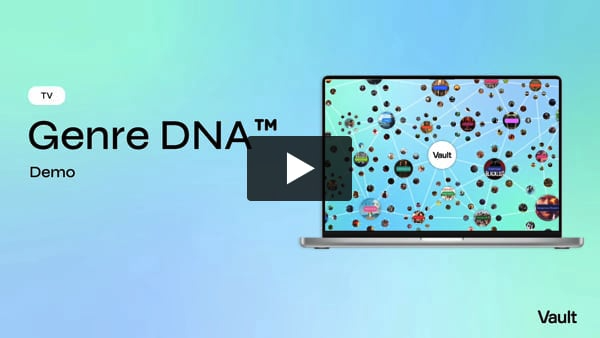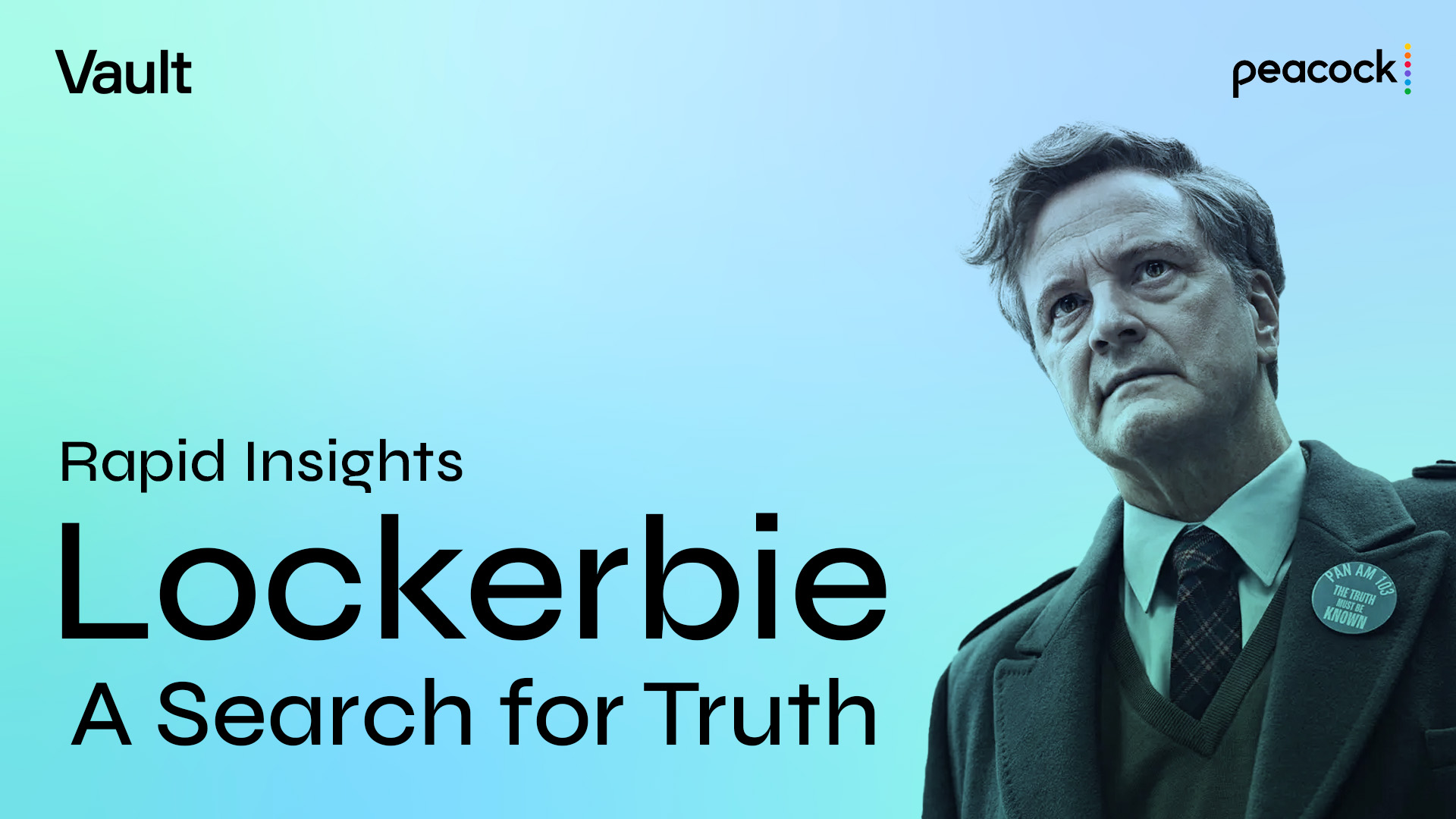Earlier this month, Netflix released a dramatic and very buzzy new limited series that immediately scaled its global Top 10 list. Directed by Peter Berg and starring Taylor Kitsch and Betty Gilpin, the show explores a rough and brutal time in the American West: the violent collision of religion, government, and culture in the 1857 fight for control over the Utah Territory.
Here’s what you need to know about American Primeval:
Vault AI uses index scores to describe the impact a given story/theme/element will have on specific KPIs:
≤79 Disappointing 80-89 Challenging 90-109 Average 110-119 Promising 120+ Outstanding
Who has been tuning in for this intense new western?
We’re seeing a viewership that’s mostly men (62%) and heavily 30+ (35%)–slightly more skewed than the general sweet spot for TV westerns. While a few other shows in the genre are a close audience match (Deadwood, Lawmen: Bass Reeves), the recent crop of popular oaters, such as Yellowstone, 1883, Godless, Hell on Wheels, and The Son, tend to be a bit more gender-balanced (52-55% men).
Why have so many viewers been watching?
For the suspenseful thrills. The story follows a mother and young son traveling the rugged west who become ensnared in the brutal, bloody confrontations (Action & Violence, 128) between Utah’s early Mormon settlers, the armed forces of the US government, and the native peoples inhabiting the area. With the help of a Tough Guy (125) who steps in to protect them, they must use their hardened Survival Skills (139) to navigate Scary Situations (136) that put their Lives in Danger (144), and audiences are leaning in for the resulting life-or-death tension.
What’s making this miniseries so bingeworthy?
Its depiction of a dark episode in American History (130). The Utah War of 1857, an escalating conflict over governance and autonomy within the territory, included the infamous Mountain Meadows Massacre, where a militia disarmed and murdered over 100 uninvolved settlers traveling through to California. The show delves into the Dark Themes (125) and gritty tone of the period, including the many Wild West-style Abuses of Power (123) where the cruel and violent were free to exploit the vulnerable. Viewers are on the edge of their seats to learn whether the mother can protect her son from the massacre, and whether a sympathetic stranger can save them both (Protectiveness, 135).
How is the show’s social buzz?
Sky-high and sitting pretty. American Primeval’s full episode drop on January 6 rocketed its level of online chatter to the very top of our buzz meter (to an ‘outstanding’ 160), where it has firmly remained ever since. Viewers are talking about the against-all-odds westward journey (Outdoor Adventure, 121) of the show’s vulnerable protagonists (Underdogs, 133) as well as the events’ broader place within American history.
Is the show’s deep dive into American history a selling point internationally?
Not as much as in the US. While American Primeval’s historical angle has an ‘outstanding’ level of pull in a couple of English-speaking markets–namely the UK (125) and New Zealand (129)–the rest of the world is somewhat less interested in such a stereotypically American western story. Instead, the show’s theme of Protectiveness is the most compelling global draw; audiences abroad primarily appreciate seeing the strong defend the weak in such a harsh, cruel environment.
Most Popular Rapid Insights:
Redefine your understanding of TV subgenres
Introducing Genre DNA™ – TV subgenres redefined by groundbreaking AI analysis to reveal the true drivers of viewership.
See the insights that others can’t
Genre DNA™ goes beyond traditional TV genre classifications by analyzing over 1,000 scripted and unscripted series on both linear and SVOD platforms from the last 5 years.
Each Vault Genre DNA™ report offers a precise analysis of your chosen TV subgenre, uncovering its unique drivers of viewership.
*Publicly released trailers for series are evaluated using Vault’s algorithms – utilizing our proprietary 120K+ story element database alongside viewership performance and other datasets – to identify unique combinations of stories, themes, characters, and genre elements that will drive success.




